Ancient Greece wedding
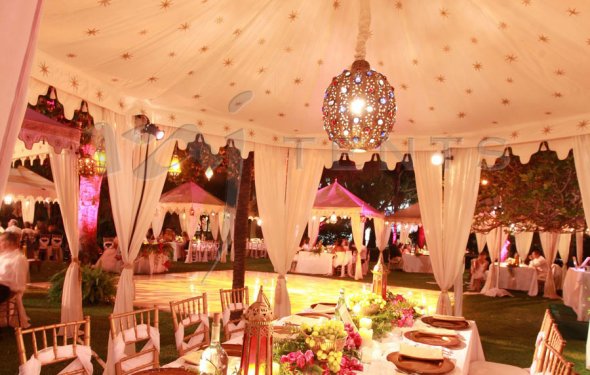

Ancient Greek Weddings
In Ancient Greece, around 400 B.C.E., young girls were given in marriage as soon as they reached puberty, about the age of 12 or 13. Fathers arranged for suitable husbands for their daughters.
The marriage ceremony in Ancient Greece was made up of three different phases. First, the young girl who was given in marriage was separated from her childhood household called the “oikos.” Then she would transition to the home of her husband and his family. The last phase of the ceremony would be the shift of her new role as wife to her husband and “daughter” to her husband’s parents. The focus of all the festivities and ceremonies was the bride and her transition to her new household and her new master. As a child, her father was master, but now her husband was her new master or “kyrios.”
The Wedding Rituals Begin
The “ekdosis” was the process of transferring the bride to her new oikos. The community as well as the members of her childhood family and the members of her new husband’s family participated. The ekdosis meant a formal goodbye to her childhood and signaled the beginning of her role in a new household.
The wedding lasted three days and the day before the wedding was called the “proaulia.” For a few weeks before the proaulia, the bride would be with her mother and other female relatives. Her friends and chosen servants would be sharing this time with her as well. They would be preparing for the wedding at the bride’s childhood home. These rituals prior to the wedding were one of the few types of festivities where women actively celebrated.
Once the day of the proaulia arrived, there would be a feast at the bride’s home. She would make offerings that included her childhood toys and clothing to different gods. This ceremony signified the official end of her childhood. She made the offerings, called the “protelia, ” to the gods and goddesses to order to receive their protection during this important time in her life.
 The bride would also offer special sacrifices, such as locks of hair, to the goddess Artemis. Artemis could offer a smooth transition from the bride’s life as a child to her new status as a married woman. Sometimes the bride would make sacrifices to Hera to align her new marriage with the divine nature of the gods and goddesses.
The bride would also offer special sacrifices, such as locks of hair, to the goddess Artemis. Artemis could offer a smooth transition from the bride’s life as a child to her new status as a married woman. Sometimes the bride would make sacrifices to Hera to align her new marriage with the divine nature of the gods and goddesses.
The bride and groom would also make offerings to the goddess Aphrodite so that she would ensure their coupling would create healthy children.
The Wedding Day Has Arrived
The wedding day, called the “gamos” began with a nuptial bath in the women’s quarters. Water was brought from the river and carried in a vase. A child who had been given this special honor brought the bath water to the bride. This ceremony was intended to purify the bride and enhance her ability to have children. After her bath, the bride would dress in the same room where she had bathed.
The bride’s costume contained a veil, which symbolized her purity. Just as in modern weddings, this veil was not removed until she was given in marriage to the groom. The bride would also have a special helper who, along with her mother and other relatives and friends, would assist during the meal preparation and sacrifices.
The Banquet Hall
The bride’s father, the groom’s father, or the groom would be the host for the wedding banquet. The bride and groom would offer sacrifices to the gods of marriage and the wedding feast would begin. The bride’s and groom’s families would be in attendance as well as friends of both the bride and groom just as in modern weddings today.
This was one of the events where women were allowed to attend even though women and men were seated at different tables. They dined on fine foods and ate delicacies such as honey mixed with sesame seeds. Entertainers hired for the wedding would dance and sing. The songs were important since the lyrics encouraged the new couple in their marriage and expressed hopes for many children.
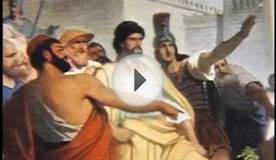
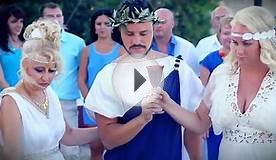
|
EMIRACLEZE Christmas Gift Holiday Shopping Hot Sale Christmas Gift 3d Dinosaur Removable Mural Wall Stickers Wall Decal for Kids Children Room Home Decor Home (EMIRACLEZE)
|
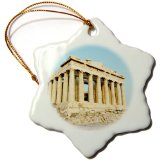
|
3dRose orn_81845_1 Parthenon Ancient Architecture Acropolis Athens Greece Prisma Snowflake Decorative Hanging Ornament, Porcelain, 3-Inch Home (3D Rose)
|
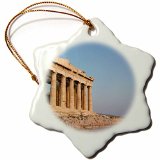
|
3dRose Parthenon, Ancient Architecture, Acropolis, Athens, Greece - Eu12 Pri0108 - Prisma - Snowflake Ornament, Porcelain, 3-Inch (orn_81846_1) Home (3dRose LLC)
|

|
The wedding of the poet in ancient Greece 20x24 Framed Art Print by Aivazovsky, Ivan Home (ArtDirect)
|

|
Napa Home & Garden Aegean Collection 3-Inch by 17-1/2-Inch Ceramic Low Bowl with Rope Handles, Antique Aqua Finish Kitchen (Napa Home & Garden, Inc.)
|
 The birthday cake has been an integral part of the birthday celebrations in Western cultures since the middle of the 19th century. Certain rituals and traditions, such as singing of birthday songs, associated with birthday cakes are common to many Western cultures. The Western tradition of adding lit candles to the top of a birthday cake...
The birthday cake has been an integral part of the birthday celebrations in Western cultures since the middle of the 19th century. Certain rituals and traditions, such as singing of birthday songs, associated with birthday cakes are common to many Western cultures. The Western tradition of adding lit candles to the top of a birthday cake...